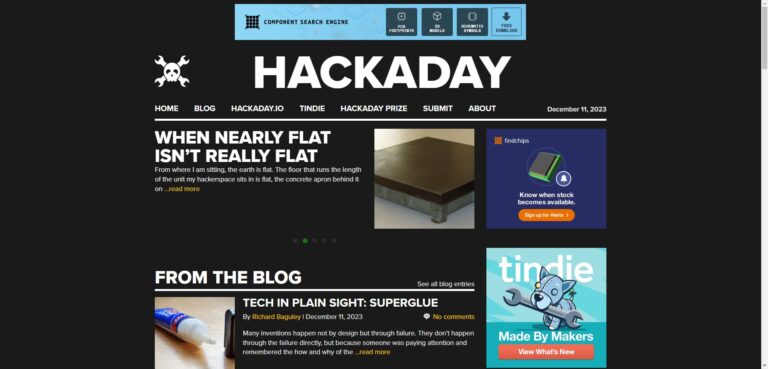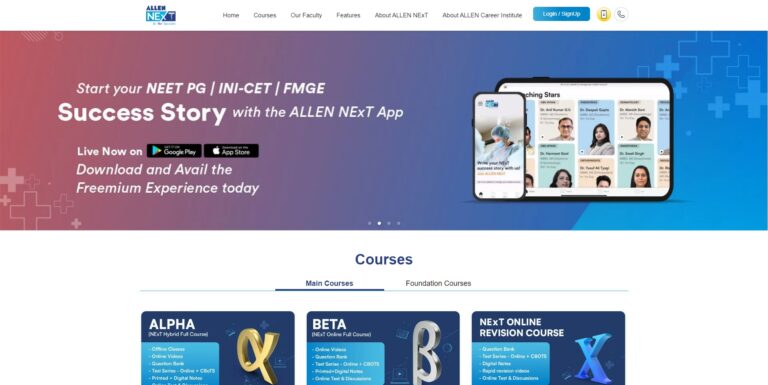Event-Driven Programming: Unleashing the Power of Real-Time Interactions
Event-driven programming is a paradigm that has transformed the way software applications handle real-time interactions and responsiveness. In traditional programming, a program typically follows a sequential flow of execution, where each instruction is executed in order. Event-driven programming, on the other hand, is driven by events, such as user actions, system notifications, or external signals, and responds to these events with appropriate actions. This approach enables developers to create highly interactive and efficient applications that can handle multiple simultaneous events concurrently.

Understanding Event-Driven Programming
In event-driven programming, the central concept revolves around events and event handlers. An event can be any action or occurrence that requires a response, such as a button click, keyboard input, a timer elapse, network communication, or sensor readings. Events act as signals to the application, prompting it to perform specific actions.
Event handlers are functions or blocks of code that respond to specific events. When an event is triggered, the corresponding event handler is executed, allowing the application to take appropriate actions based on the event’s nature. This separation of concerns allows the application to be more modular and easier to maintain.
Advantages of Event-Driven Programming
- Responsiveness: Event-driven applications are highly responsive as they can quickly react to user interactions and other external stimuli. This capability is particularly crucial in modern user interfaces, web applications, and video games where real-time feedback is essential for a smooth user experience.
- Concurrency: Event-driven programming facilitates concurrency, enabling the application to handle multiple events simultaneously. Events are often processed independently, allowing the application to be more efficient and scalable.
- Loose Coupling: Event-driven architectures promote loose coupling between components. As events act as intermediaries between different parts of the application, individual components do not need to be aware of each other’s existence. This makes the codebase more maintainable, extensible, and less prone to errors.
- Modular Design: By defining discrete event handlers, the application can be divided into smaller, manageable modules, each responsible for a specific functionality. This modular approach enhances code organization and makes it easier to debug and maintain the application.
- Flexibility and Extensibility: Event-driven programming allows developers to extend and modify the behavior of an application without rewriting its core logic. New events and corresponding handlers can be added to introduce new features or modify existing ones without affecting the rest of the code.
Event-Driven Programming in Practice
The implementation of event-driven programming varies across different programming languages and frameworks. Here’s a general outline of how event-driven programming is often applied in practice:
- Event Registration: Events need to be registered with appropriate event handlers. These handlers define how the application should respond to specific events.
- Event Loop: An event loop, also known as an event dispatcher, continuously monitors the event queue. When an event occurs, it is added to the queue.
- Event Dispatch: The event loop dispatches events from the queue to their corresponding event handlers. This ensures that the application responds promptly to events as they occur.
- Event Processing: Event handlers process the events and perform necessary actions, which may include updating the user interface, performing calculations, making network requests, or triggering other events.
Examples of Event-Driven Programming
- Graphical User Interfaces (GUIs): GUI-based applications rely heavily on event-driven programming. When a user interacts with buttons, menus, or other GUI elements, events like button clicks are generated and handled by the application to update the display accordingly.
- Web Development: In web development, event-driven programming is commonly used for handling user interactions, such as mouse clicks, keyboard inputs, form submissions, and AJAX requests.
- Server Applications: Server applications often employ event-driven programming to manage incoming network requests and handle I/O operations efficiently. This approach is prevalent in systems like web servers and network services.
Conclusion
Event-driven programming has revolutionized the way we build interactive and responsive software applications. By focusing on events and their handlers, developers can create applications that can handle multiple simultaneous events, respond promptly to user interactions, and maintain modularity and scalability. This powerful paradigm has found its applications in various domains, including user interfaces, web development, gaming, and network programming. Embracing event-driven programming allows developers to unleash the true potential of real-time interactions, resulting in more efficient, flexible, and user-friendly software systems.
Listings related to article "Event-Driven Programming: Unleashing the Power of Real-Time Interactions"
Hackaday
A community-driven platform showcasing creative and often unconventional projects related to electronics, hardware hacking, and DIY technology.
- Category
- Computers » Hardware » Do-It-Yourself
ALLEN Coaching Institute
Being at the forefront of educational advancement, ALLEN Coaching Institute holds a steadfast dedication to furnishing inventive resolutions for driven students.
Chicago Permanent Makeup – Microblading by Agatha
Experience the expertise of Agatha, a skilled artist in the realm of everlasting beauty. With a passion for perfection, she offers a comprehensive range of services that include professional permanent makeup for eyebrows, eyeliners, and lips, as well as the intricate artistry of eyebrow microblading.
More articles like "Event-Driven Programming: Unleashing the Power of Real-Time Interactions"
Unlocking the Power of WebAssembly: A Game-Changer for Web Development
In the ever-evolving landscape of web development, a groundbreaking technology has emerged, poised to revolutionize the way we build and experience web applications. Enter WebAssembly, often abbreviated as Wasm, a game-changer that promises faster performance, broader language support, and enhanced security for web applications. But what exactly is WebAssembly, and how can it be harnessed […]
Understanding Oracles in Blockchain: Bridging the Gap Between Smart Contracts and the Real World
Blockchain technology has transformed the way we perceive and conduct transactions, introducing decentralized and secure systems that eliminate the need for intermediaries. Smart contracts, a key component of blockchain platforms, enable automated and trustless execution of agreements. However, there’s a crucial challenge these contracts face—accessing real-world data. This is where oracles come into play. What […]
Understanding Web Sockets: Real-Time Communication on the Web
In the dynamic landscape of web development, the need for real-time communication between clients and servers has become increasingly crucial. Traditional HTTP communication has its limitations when it comes to delivering instantaneous updates and maintaining constant connections. This is where Web Sockets come into play, offering a more efficient and responsive solution for real-time data […]







